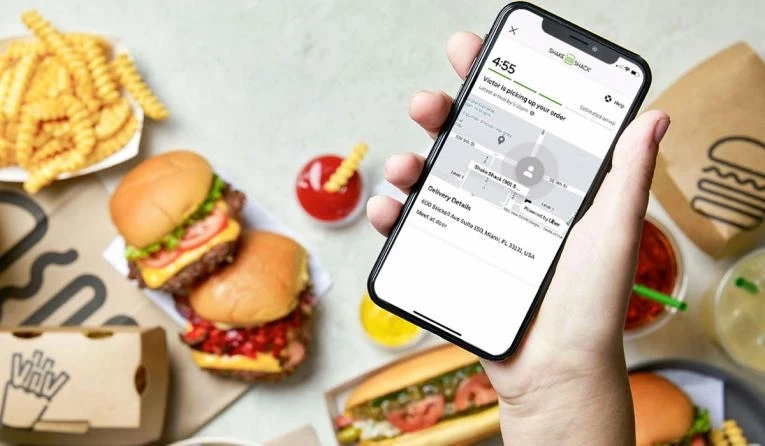With the rise of food delivery apps and online ordering systems, restaurant delivery has undergone a major transformation. Technology has played a significant role in this revolution, bringing new tools and innovations to the table. In this article, we'll explore some of the latest tech trends and tools that are transforming restaurant delivery and what they mean for the industry.
Delivery Management SystemsDelivery management systems are software platforms that help restaurants manage their delivery operations. These systems integrate with existing POS systems and automate the delivery process, from order taking to dispatching and tracking. By streamlining the delivery process, these systems help restaurants save time and reduce errors. Popular delivery management systems include Chowly, Ordermark, and Toast.
GPS TrackingGPS tracking is a technology that enables restaurants to track their delivery drivers in real-time. This allows them to monitor driver performance, optimize routes, and ensure timely deliveries. Some delivery management systems include GPS tracking features, while others use standalone GPS tracking devices. Examples of GPS tracking devices include Roadie and Track-POD.
Contactless DeliveryContactless delivery has become a standard practice during the COVID-19 pandemic, but it's a trend that's likely to continue beyond the pandemic. Contactless delivery involves leaving the food at the customer's doorstep, rather than handing it directly to them. This eliminates physical contact between the driver and the customer and reduces the risk of transmission. Many delivery apps and online ordering systems now offer contactless delivery as an option.
Smart PackagingSmart packaging is a technology that incorporates sensors and other electronic components into food packaging. These sensors can monitor temperature, humidity, and other environmental factors to ensure that food stays fresh and safe during delivery. Smart packaging can also include QR codes that provide customers with information about the food's origin, ingredients, and nutritional content.
Virtual KitchensVirtual kitchens, also known as ghost kitchens or dark kitchens, are commercial kitchens that are dedicated to preparing food for delivery only. These kitchens operate without a physical dining space, and the food is exclusively available through online ordering platforms. Virtual kitchens allow restaurants to expand their delivery reach without the overhead costs of a physical restaurant. Popular virtual kitchen providers include Kitchen United and CloudKitchens.
In conclusion, the restaurant delivery industry is constantly evolving, and technology is driving much of this change. From delivery management systems to smart packaging, the latest tech tools and innovations are making restaurant delivery more efficient, convenient, and safe than ever before. By embracing these new technologies, restaurants can stay competitive and meet the growing demand for food delivery services.
"Revolutionizing Restaurant Delivery: The Tech Tools and Innovations You Need to Know"


